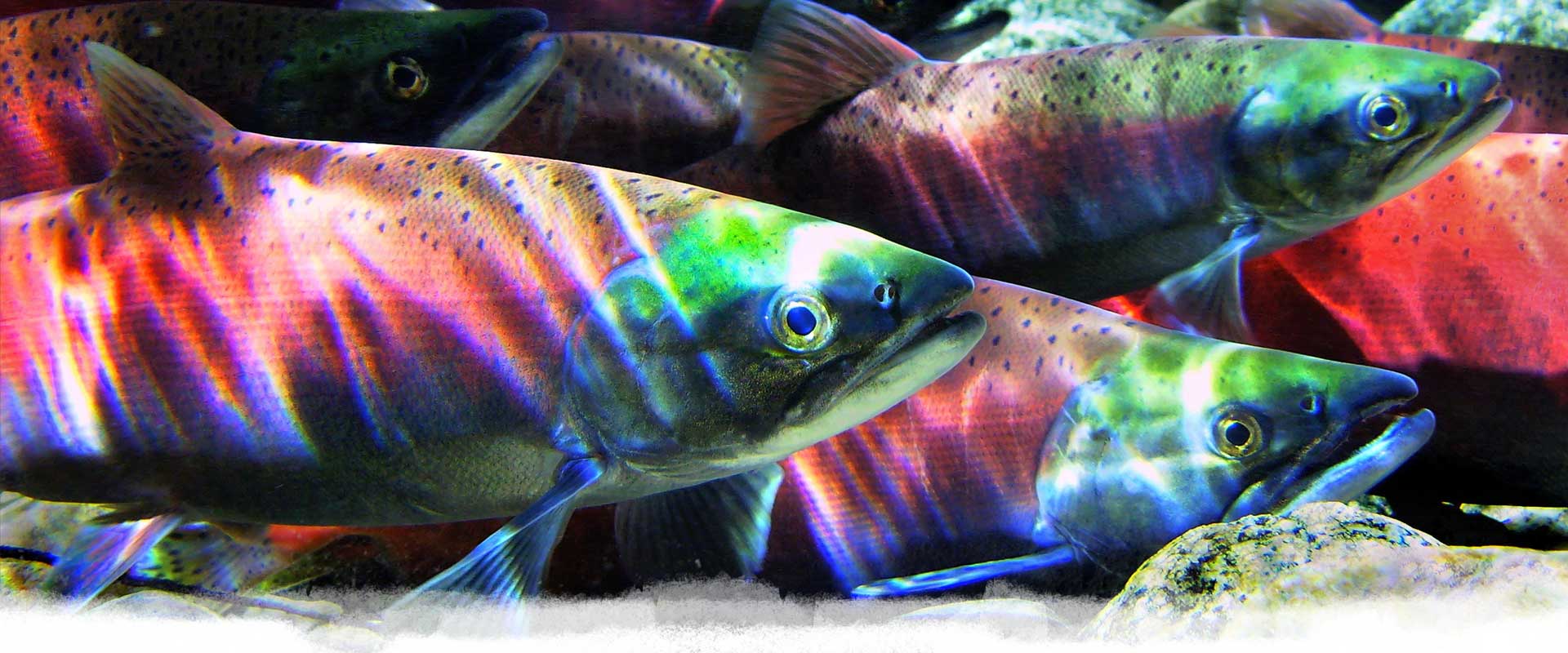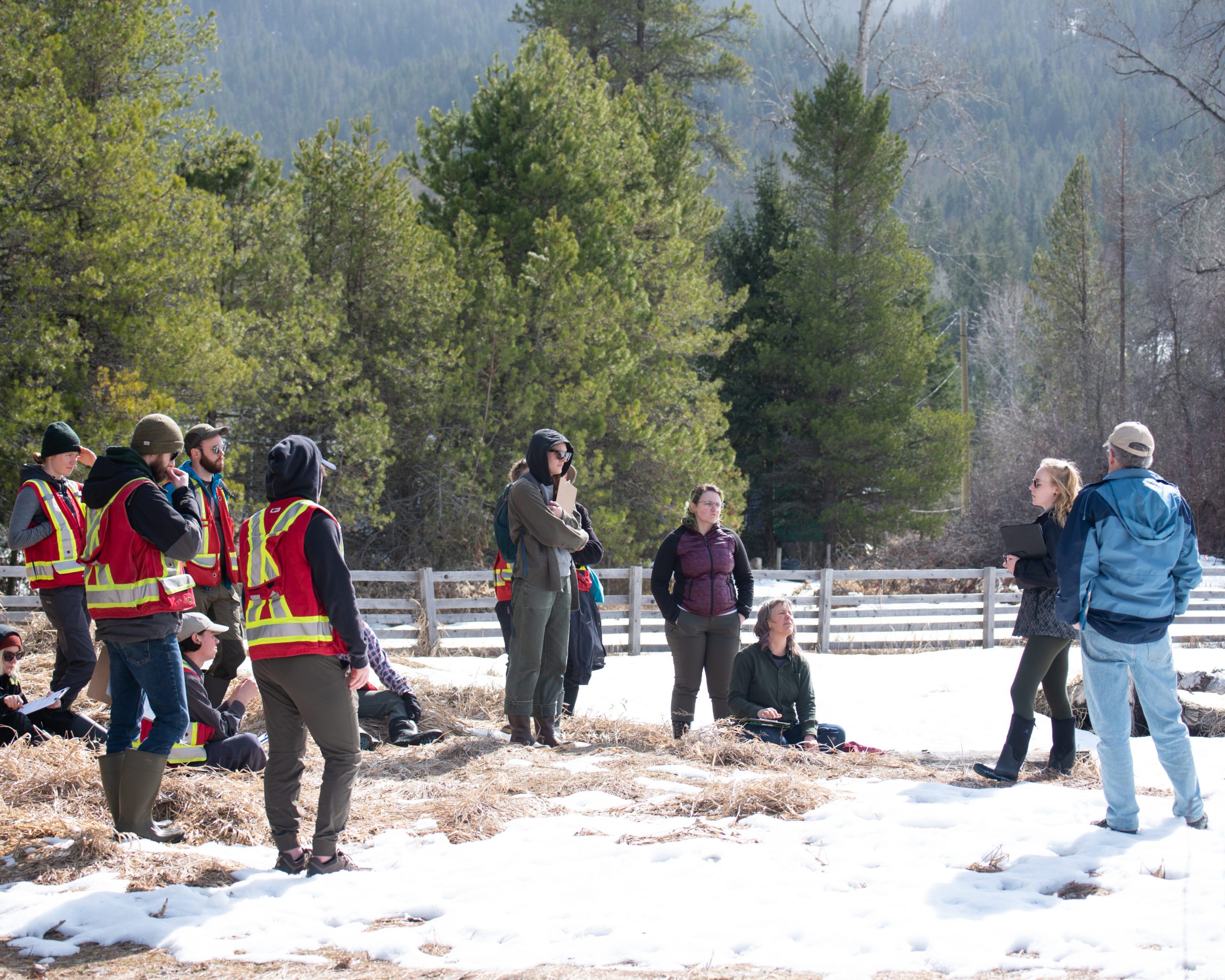
13 Apr Taking Learning to the Lake
March 25, 2022: Education Day with Selkirk College
Back at the end of March, Program Manager Kayla Tillapaugh and Environmental Outreach Coordinator Joelle Burnie led an education day with Selkrik College.
Our first stop was McDonald’s Landing to see FoKLSS Shore-Spawning Kokanee Habitat Restoration Project and assess the dewatered redds. Students were given an overview of the project, why it is important, its success over the last two years, and the data that is being collected at the site. The students were then shown dewatered redds and helped transfer many of the stranded fry to the lake (pictured below).
The second stop of the day was Harrop Wetland (pictured above), where we were joined by Eric Sargent, a long-time FoKLSS volunteer who helps monitor the site. We discussed ongoing threats to the site, Kootenay Lake’s altered hydrology, and checked out the installed signage and vegetation. Students then got into groups and performed an activity. The purpose of the activity was for students to get an idea of the complex process of ecosystem restoration and the many people in various fields that must be involved before, during and after restoration.
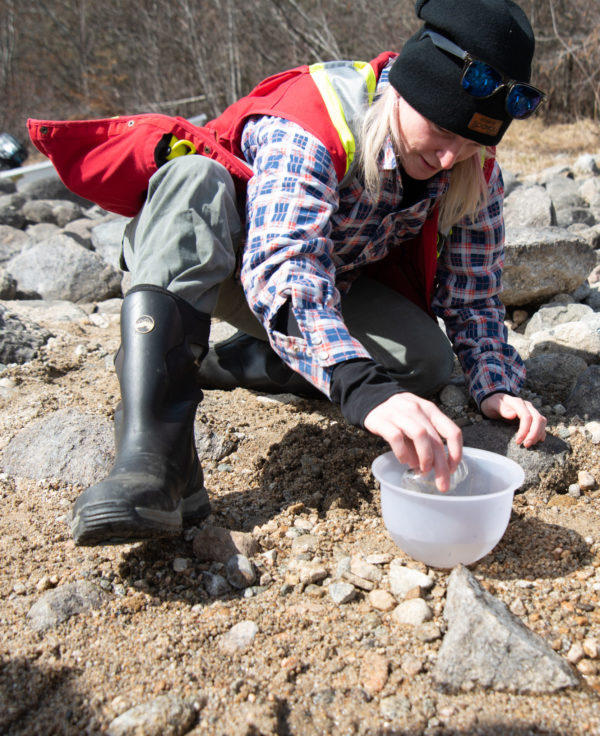
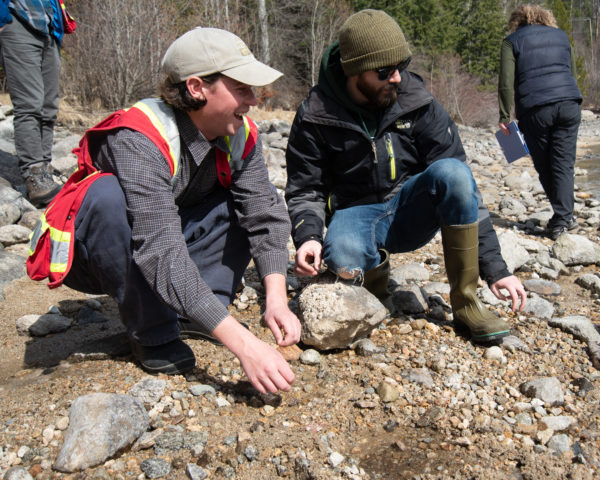
Learn more about our stewardship programs here.
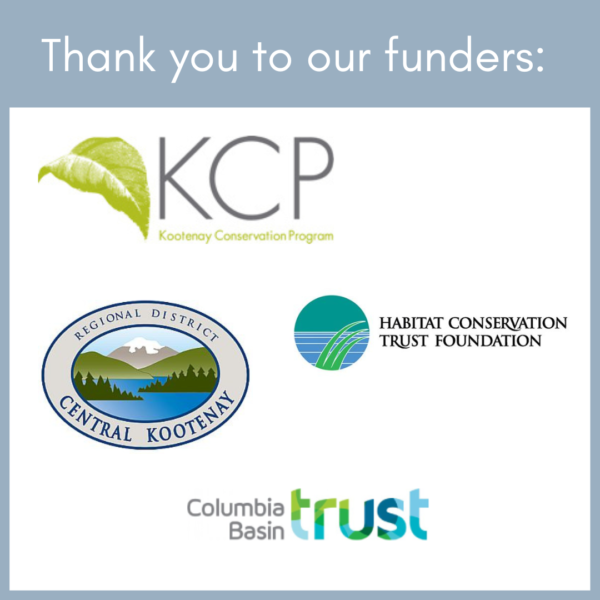
March 22, 2022: Kokanee Salmon & Riparian Zones at Forest Path
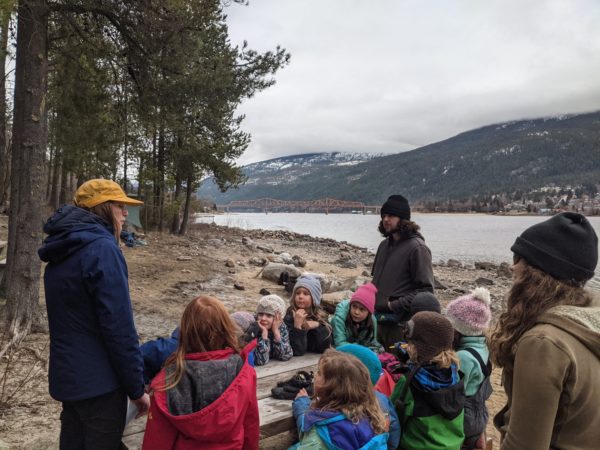
On World Water Day, Environmental Outreach Coordinator Joelle Burnie visited The Forest Path to educate youth ages 5-11 about Kootenay Lake, it’s surrounding watershed, and Kokanee Salmon.
The younger kids all huddled around the picnic tabled and listened as Joelle discussed the different features of Kootenay Lake and the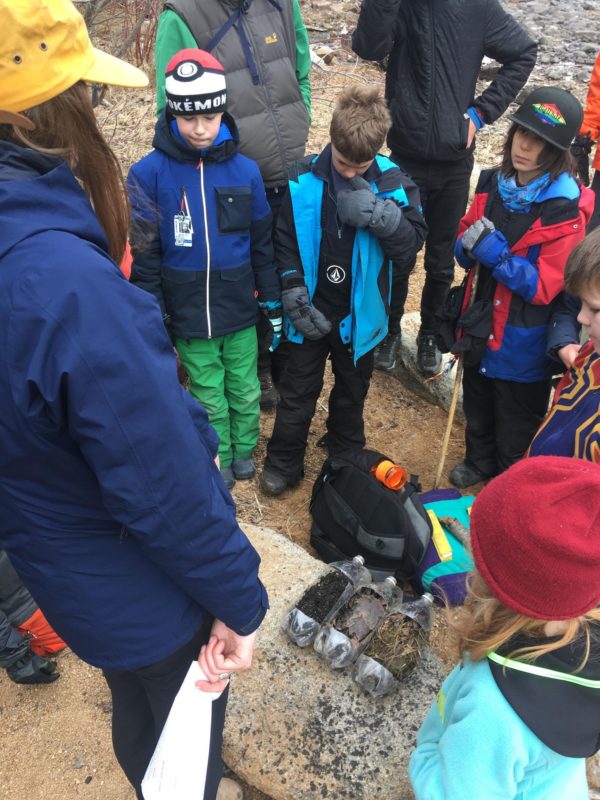 species that call it home. We talked about Kokanee Salmon and the various factors affecting local Shore-spawning populations such as pollution, habitat loss, fluctuating water levels as a result of dams, lack of nutrients, and climate change. We wrapped up the lesson with a fun game of Kokanee relay, where the kids pretended to be Kokanee Salmon and had to venture through various obstacles along the beach representing the many challenges Kokanee face as they travel to their spawning site.
species that call it home. We talked about Kokanee Salmon and the various factors affecting local Shore-spawning populations such as pollution, habitat loss, fluctuating water levels as a result of dams, lack of nutrients, and climate change. We wrapped up the lesson with a fun game of Kokanee relay, where the kids pretended to be Kokanee Salmon and had to venture through various obstacles along the beach representing the many challenges Kokanee face as they travel to their spawning site.
For the older kids, Joelle discussed the Kootenay Lake watershed and the importance of protecting natural riparian zones. She demonstrated this using an activity with three different bottles each representing a different riparian zone: one with barren soil (representing an area that had been deforested), one with soil and some plant litter (representing a deforested area that had begin to recover) , and one with all its natural vegetation (representing a wild riparian zone). Joelle poured water into each of the bottles, and as the kids suspected, the one that came out with the cleanest water was the one with the most plants (pictured right). Joelle discussed the important role that vegetation plays within riparian zones which includes decreasing erosion, filtering groundwater that enters the lake, and provides important habitat for various lake species.
Interested in our education programs? Check out what we offer here.

